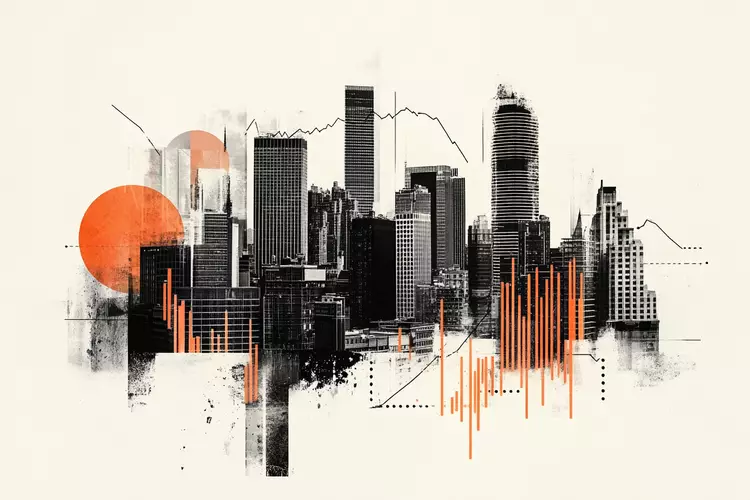On a day that promised continuation of growth, the Dow Jones Industrial Average (DJIA) experienced a staggering decline of nearly 1,000 points. Triggered by an unexpected military offensive from Israel against Iran, the financial markets faced a sharp setback that erased the gains accumulated over the previous week. The armed conflicts intensified concerns over geopolitical stability, causing investors to retreat quickly, abandoning their previous bullish outlook.
The rise and fall of markets often hinge on external events, and the escalating tensions in the Middle East are a stark reminder of how fragile market confidence can be. Even as broader macroeconomic signals pointed toward positivity, the eruption of military violence struck at the heart of investor sentiment, imploring them to reconsider their positions. For many, Friday marked not just a day of losses but a vivid illustration of how rapidly positive momentum can dissolve into uncertainty.
Consumer Sentiment in the Crossfire
In stark contrast to the tumultuous stock performance, consumer sentiment data surprised analysts by showing notable improvement. The University of Michigan’s Consumer Sentiment Index for June climbed to 60.5, far exceeding expectations of a more muted 53.5. This spike may be the silver lining for an economy that is otherwise grappling with external pressures. Such strong consumer sentiment plays an essential role in guiding spending, which is a backbone for growth in the U.S. economy.
Moreover, inflation expectations reflected some easing, with short-term numbers dropping from 6.6% to 5.1%. The slight reduction is a reassuring signal to consumers, potentially encouraging spending at a time when the market is grappling with anxiety. Even though these indicators present a more optimistic picture, the backdrop of military conflict casts a pale shadow that challenges this newfound confidence.
The Federal Reserve’s Tightrope Act
With the Federal Reserve’s next decision looming, the unsettling landscape provides a complex backdrop for monetary policy. Analysts are weighing their options as they anticipate a quarter-point interest rate cut in September, a move that could yield momentary relief yet may also accelerate the need for tougher measures if geopolitical tensions escalate. The Fed’s cautious stance rests on the unpredictable nature of global influence, revealing their strategy of remaining vigilant while the Trump administration’s erratic trade policies add layers of confusion.
The financial markets are known for their volatility, and the recent turmoil only serves to amplify the discourse around how external factors shape investor behaviors. Markets had already begun pricing cuts into their overall framework, reflecting an environment wary of inflationary pressures alongside concerns of a cooling economy. The interconnectivity of consumer sentiment and interest rates underscores the importance of maintaining stability in uncertain times.
Technical Analysis: The Dow’s Future Prospects
Despite Friday’s notable decline, the Dow still shows some resilience. Trading above the 200-day Exponential Moving Average (EMA) reveals that a significant portion of market players still retain confidence. In fact, the imminent bullish cross of the 50-day EMA against the long-term 200-day EMA offers a possible pathway for recovery if the technical support around the 42,000 mark can hold firm.
However, the prevailing downturn underscores a critical juncture for the DJIA. Months of buildup and a series of gains abruptly turned into caution, highlighting that even with signs of consumer strength, the overall market sentiment is still fragile. Position holders watch carefully, knowing that their faith in a bullish sprint could easily be thwarted by further unrest abroad or unexpected domestic economic shifts.
In the continuously shifting landscape of financial markets, the enmeshed relationship between local consumer sentiment and distant geopolitical events cannot be overstated. The resilience of investors will be tested as they navigate these uncharted waters. Events like the attacks on Iran reveal the volatility inherent in the global financial landscape, reminding us that economic indicators can often play second fiddle to the unpredictable theater of international affairs. The response to these events will undoubtedly shape trading strategies and investor behaviors in the weeks to come, as the market continues evaluating its footing amidst stormy weather.

